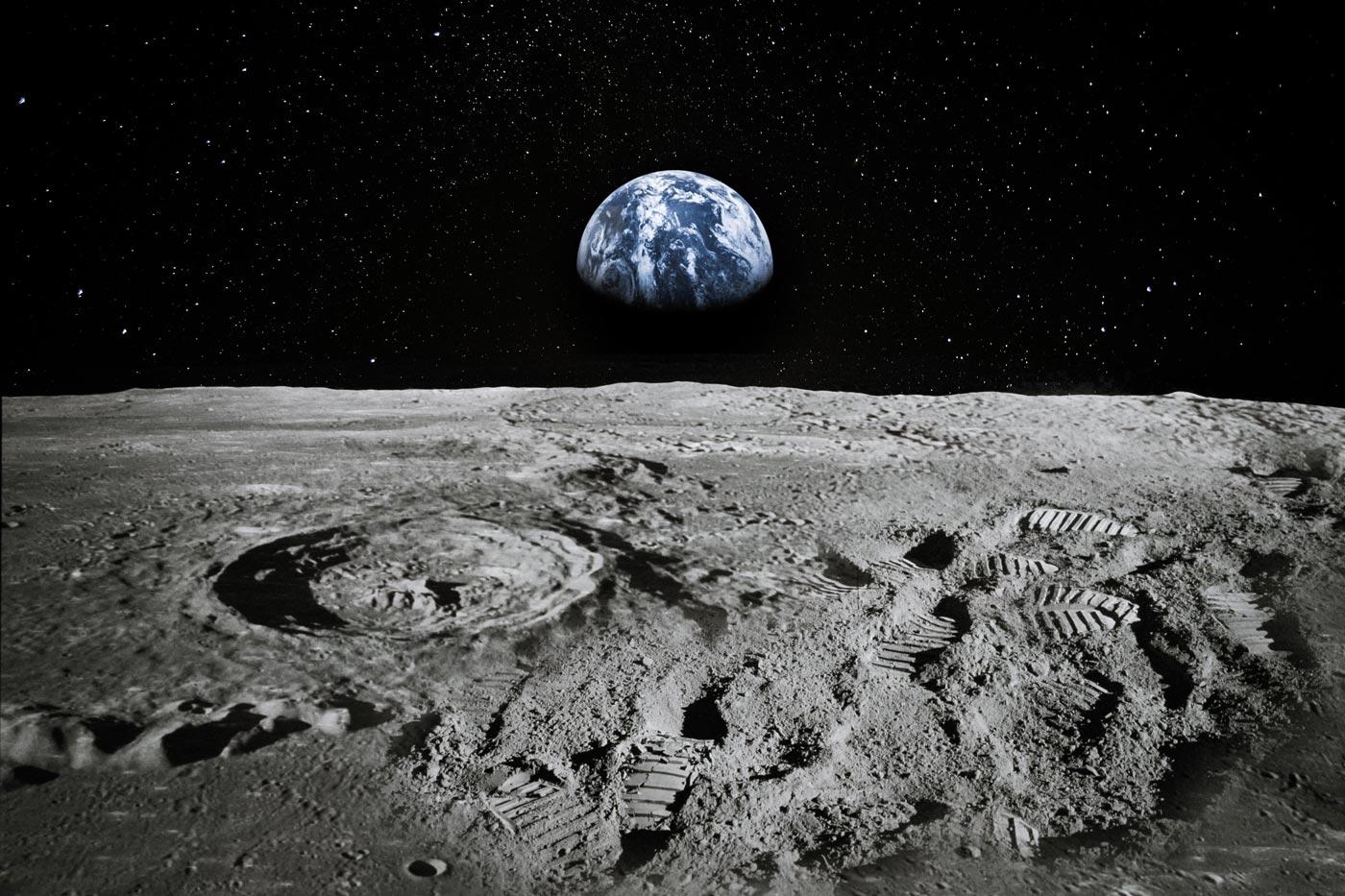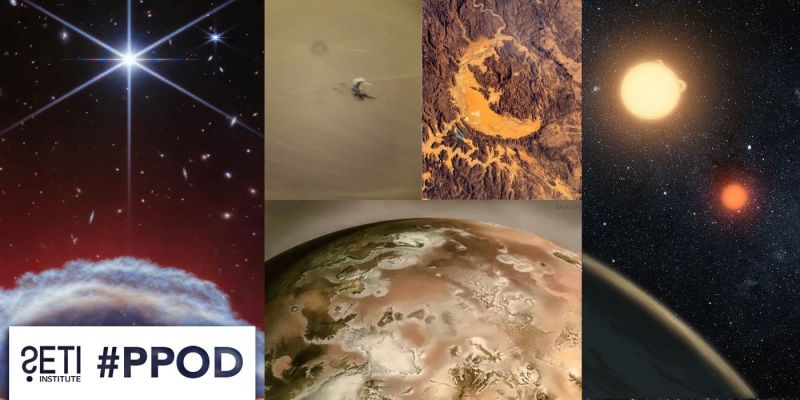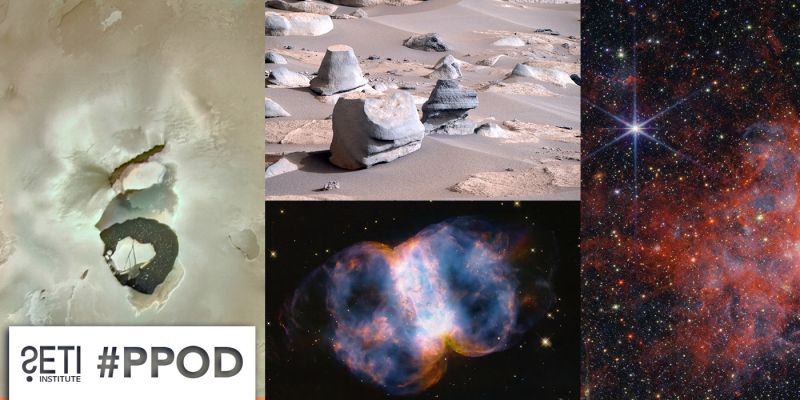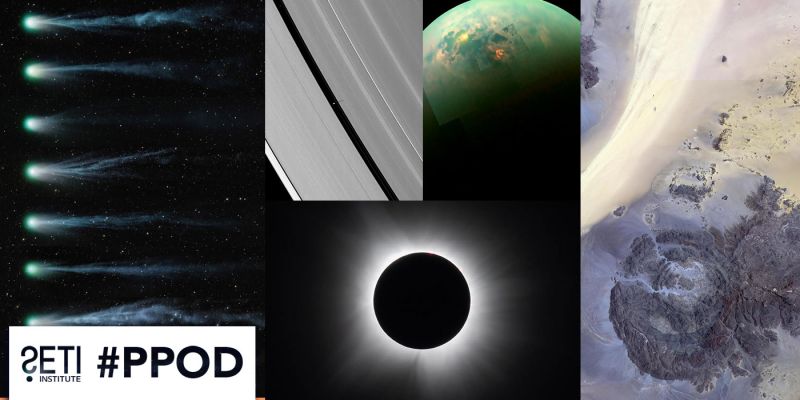
It’s a cold, inert ball of rock, and a three-day rocket ride from Florida. Desolate and dusty, the only things happening on the moon are a slow, silent rain of meteors and the occasional arrival of hardware rocketed from Earth. It is, and always has been, dead.
But there’s some news that promises to bring a bloom to this cosmic desert.
In a paper in Nature Astronomy, a trio of researchers in Colorado, Arizona and Israel claim that the moon may be dotted with frozen puddles. These tiny ponds would be more than just a slippery annoyance for future astronauts; they could make colonization practical. After all, water is an essential ingredient for any lunar settlement.
This is not the first time researchers have sensed ice on the moon. In the late 1990s, NASA’s orbiting Lunar Prospector measured a slight deficit of neutrons emanating from the moon’s polar regions. The neutrons were being blocked by something, and that something was assumed to be hydrogen atoms. You might think that only nerds would care, but the implications were startling: The hydrogen was most likely bound up in frozen molecules of water (H2O). It seemed as if the icy residues of incoming comets and asteroids were mixed into the lunar soil.
But why was this only true at the poles? An obvious answer was that the Sun is always low in the sky in those nether regions, and crater walls cast long shadows. There are inevitably places inside the craters where the Sun never shines. Frosty remnants of water that splattered into these shaded spots wouldn’t ever evaporate into space. They would remain a permanently frozen mixture of dust and ice – a resource that could be melted and used by future colonists.
The estimated amount of water in these craters wasn’t large. The best guess was anything from ten million to a billion tons, or approximately the same as New York’s Lake Placid. But that is still sufficient to keep a few thousand inhabitants of any future lunar colony hydrated and hygienic for a century or more – and without the distasteful need to reuse waste water.
Good news. But the research announced this week suggest that there’s much more frozen aqua. Using simple models of shadowing combined with observations of actual craters, the scientists figure that small patches of everlasting ice can be found even in terrain that’s mostly sunny. After all, large boulders – let alone hills and mountains – could permanently shadow patches of ground at their feet. And with no warming winds and a regolith (the loose mixture of dust and rock that blanket the moon) that doesn’t conduct heat well, the ice there would never melt. A few square feet of ice here and a few square feet there … pretty soon you’re talking serious water reserves.
NASA’s SOFIA airborne telescope has brought more happy news. Its infrared cameras have found the spectral signature of water on the floor of Clavius, a sunlit crater larger than Maryland. The exact form of the water is still unclear. One idea is that tiny ice crystals, brought to the moon in a drizzle of very small meteors, lace its surface. Grains of dust would protect the crystals from melting by the Sun.
Since this fine water ice is likely to be everywhere on the moon – not just in this one crater – the total quantity could be enormous, although extracting it might be tricky.
So what does it all mean? Just this: Ice, whether in frozen puddles or as frozen beads mixed in with the regolith, can supply a lunar colony no matter where you decide to build it. Sure, if you construct a habitat close to the moon’s equator you could send robotic tankers on a thousand mile slog to the nearest pole to bring back ice. But that’s hard. Far better would be to heat puddles or the dirt where you are, and avail yourself of a water supply that’s just out the front door. And water is useful for more than drinking and bathing: with solar energy you can break its molecules apart for rocket fuel to take yourself back to Earth, and for oxygen to breathe until you go.
Perhaps you think this is all too complicated. Why not just bring the necessary water from Earth? That’s possible but not very practical. Water’s heavy. Every bottle of Evian you rocket to the moon costs about $10,000 in fuel and launch expenses, or $300 a sip.
That’s a costly quaff. So finding abundant ice on the moon really matters. Elon Musk talks about putting humans on the moon within two years. NASA says it will take a little longer, but still foresees settlements in the 2030s.
It’s nice to know that we’ll be able to take a shower when we arrive.





